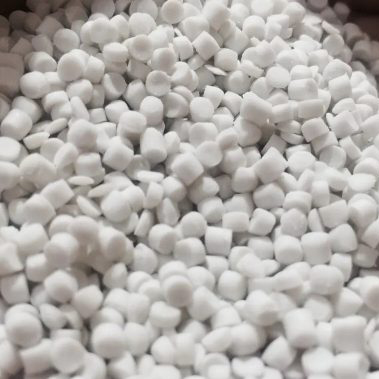We use cookies to enhance your experience. By continuing to browse this site you agree to our use of cookies. More info.
Researchers at Lawrence Berkeley National Laboratory (Berkeley Lab) have devised a conductive polymer coating called HOS-PFM that can offer longer-lasting, more robust lithium-ion batteries for electric vehicles. Aluminum Copolymer Coated Tape

Image Credit: Topuria Design/Shutterstock
The advance opens up a new approach to developing EV batteries that are more affordable and easy to manufacture.
Gao Liu, Senior Scientist, Energy Technologies Area, Lawrence Berkeley National Laboratory
Gao Liu guided the development of the material.
The HOS-PFM coating conducts electrons and ions concurrently. This improves battery life by ensuring battery stability and high charge/discharge rates. The coating also shows great promise as a battery adhesive, potentially extending the lifetime of a lithium-ion battery from 10 to 15 years, according to Liu.
Liu and his colleagues coated aluminum and silicon electrodes with HOS-PFM and evaluated their effectiveness in a lithium-ion battery setup to demonstrate HOS-PFM’s conductive and adhesive properties.
Due to their potentially high energy storage capacity and lightweight profiles, silicon and aluminum are enticing electrode materials for lithium-ion batteries. However, after multiple charge/discharge cycles, these inexpensive and abundant materials quickly deteriorate.
The findings reveal that the HOS-PFM coating substantially inhibits silicon- and aluminum-based electrodes from degrading during battery cycling while providing superior battery capacity over 300 cycles during experiments at the Advanced Light Source and the Molecular Foundry.
According to Liu, the findings are remarkable since silicon-based lithium-ion cells typically have a limited number of charge/discharge cycles and calendar life. These findings were published in the journal Nature Energy.
The HOS-PFM coating may enable the use of electrodes containing up to 80% silicon. According to Liu, such a high silicon content could improve the energy density of lithium-ion batteries by at least 30%. Furthermore, because silicon is less expensive than graphite, the current standard material for electrodes, lower-cost batteries could substantially increase the availability of entry-level electric vehicles, he added.
The team will collaborate with companies to scale up HOS-PFM for mass production.
The study was funded by DOE Vehicle Technologies Office. Additional funding was offered by the Toyota Research Institute.
Zhu, T., et al. (2023) Formation of hierarchically ordered structures in conductive polymers to enhance the performances of lithium-ion batteries. Nature Energy. doi.org/10.1038/s41560-022-01176-6.
Source: https://www.lbl.gov/
Do you have a review, update or anything you would like to add to this news story?
In this interview, News Medical speaks with John Weaver from Pfizer about the importance of process safety testing.
In this interview, AZoM speaks to Bruker Optics about the different ways IR light can be used in semiconductors.
At The Greener Manufacturing Show 2023, we spoke with KUORI CEO and Founder Sarah Harbarth about the growth and ambitions of the company as it develops its novel materials.
Specac’s Power Hydraulic Press Series are available in 8 Ton, 15 Ton and 25 Ton load configurations.
The SamplerSight Pharma from PMS is an easy-to-use software for batch sampling.
Allectra's latest bimetallic CF component series, featuring innovative Titanium CF Flanges linked with Aluminum Tubes, promises to revolutionize the design of Aluminum chambers.
The global semiconductor market has entered an exciting period. Demand for chip technology is both driving the industry as well as hindering it, with current chip shortages predicted to last for some time. Current trends will likely shape the future of the industry, which is set to continue to show
The primary distinction between graphene-based batteries and solid-state batteries lies in the composition of either electrode. Although the cathode is commonly changed, carbon allotropes can also be employed in fabricating anodes.
In recent years, the IoT is rapidly being introduced into almost all sectors, but it has particular importance in the EV industry.
AZoM.com - An AZoNetwork Site

Copolymer Laminated Aluminum Tape Owned and operated by AZoNetwork, © 2000-2023